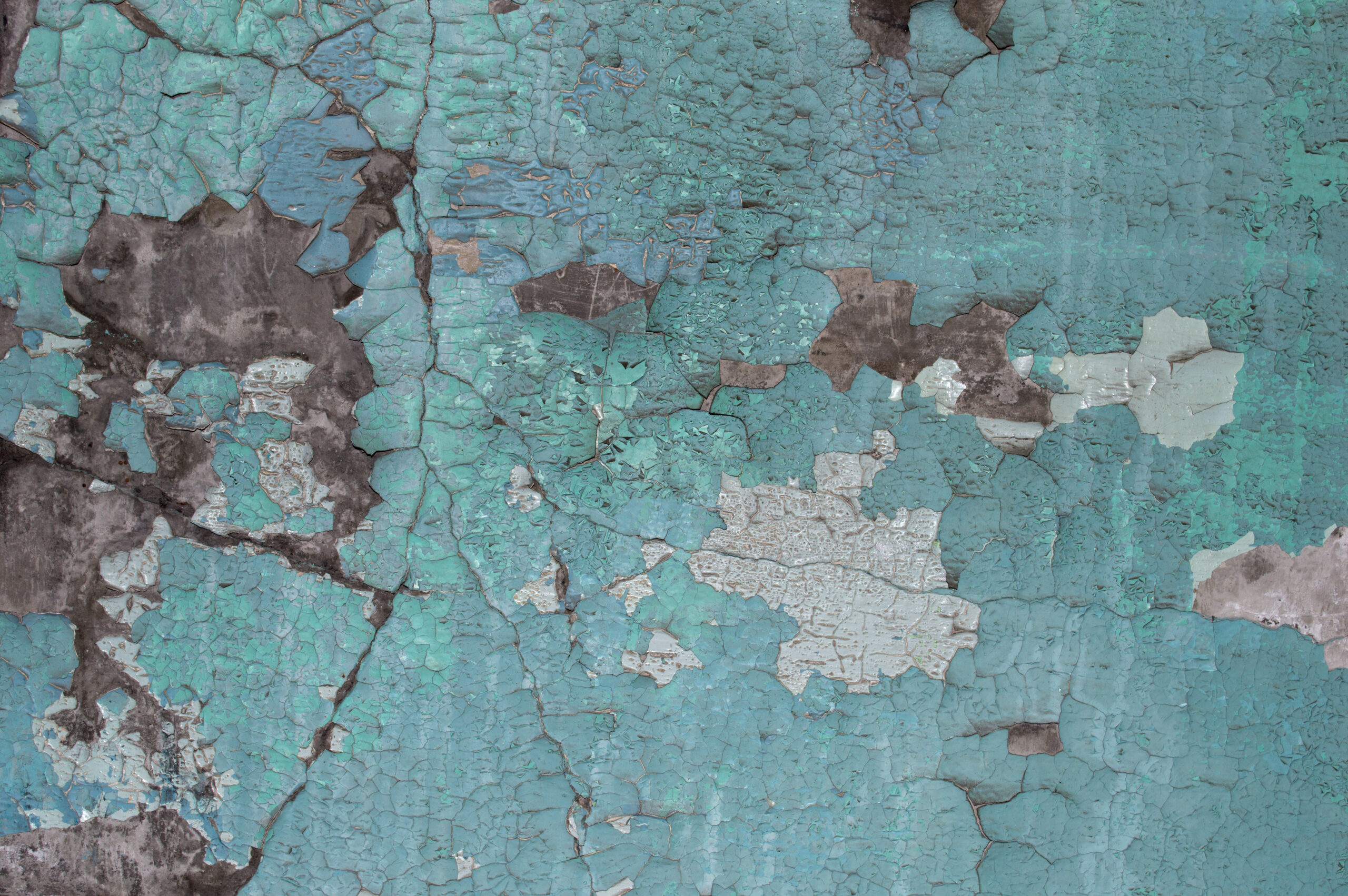
In 1978, EPA lead paint regulations were established banning the use of lead as an additive to paint due to its toxic effects. Known as the EPA’s Lead-Based Paint Renovation, Repair, and Painting (RRP) Rule, the regulation is intended to protect the public from the serious health hazards and consequences presented by lead-based paint during renovation, repair, and painting projects. Such activities are known to generate hazardous dust laden with lead particles as surfaces with lead-based paint are disturbed, which can lead to lead poisoning.
The RRP regulation is in place to protect the health and safety of individuals, particularly children, who may be exposed to lead dust or particles during renovation and remodeling projects. The dangers of inhaling lead dust from deteriorating lead-based paint affect everyone, but children are especially vulnerable. The metal is highly toxic and can have detrimental reproductive, respiratory, and neurological effects on the human body. Regarding the latter, though lead can affect almost every organ, the nervous system is particularly vulnerable to lead toxicity.
Harmful Effects of Lead Exposure
When lead-based paint is disturbed or begins to deteriorate, it can disperse undetected in the air throughout a house, commercial, or industrial space, putting families, people, and personnel at risk of inhaling it or absorbing it through their skin. Odorless, tasteless, and near invisible, lead dust is highly toxic and exposure can lead to serious health problems that have lifelong effects.
Before 1978, even when the harmful effects of lead exposure were well understood, lead was used as an additive to paint due to the many favorable characteristics and properties it added to the paint. Once applied to a surface, lead-based paint dried quickly and created a tough, long-lasting durable bond that resisted weathering and wear over time. It was corrosion resistant, too, and resisted fading or discoloration, inhibiting the growth of mold and mildew.
Overall, lead-based paints are still creating problems in houses and buildings well over 40 years since it was banned, and decades after they were applied, which is a testament to how effective the material was as an additive. According to EPA estimates, up to 87% of homes built in the US before 1940 still contain lead-based paint. For those built from 1940 to 1959, the percentage decreases marginally to 69%. In those houses built from 1960 until 1977, the year before the law was enacted, the percentage of homes still containing lead-based paint dropped to 24%.
EPA Lead Paint Regulations
RRP projects must be performed by certified workers trained in lead-safe work practices. The RRP rule establishes requirements not just for individuals, but for firms that perform renovations. Anyone who removes or disturbs lead-based paint in homes, commercial spaces, factories, childcare facilities, and kindergartens built before 1978 must be EPA-certified and must use certified renovators who follow specific work practices to prevent lead contamination. This includes in-house maintenance staff and many types of outside contractors. It affects work crews, sole proprietorships, property managers, and anyone who is paid to perform work that disturbs paint in housing and child-occupied facilities built before 1978. To become certified renovators, individuals must take training from an EPA-accredited training provider.
Maine Department of Environmental Protection (DEP) Lead Management Regulations
Both the EPA and the Maine DEP have hazardous and solid waste management regulations that apply to the handling and disposal of lead-contaminated waste. By law, lead hazards in Maine need to be identified by a Maine-licensed lead inspector or risk assessor in the course of a lead inspection. A lead hazard refers to any situation or condition that has the potential to expose individuals to lead, lead-contaminated dust, lead-contaminated soil, lead-contaminated water, or lead-based paint.
All lead-contaminated debris from repair and renovation projects, including debris disposed of as household hazardous waste, must be wrapped up in a protective covering with all seams taped shut or the debris must be placed in a puncture-resistant, closed durable container. Hazardous waste rules apply to all lead-contaminated wastes generated from non-residential places. This includes waste generated by childcare facilities, schools, public buildings, commercial spaces, factories, and industrial buildings. Such waste is subject to hazardous waste regulations.
Exemptions
Any lead-contaminated waste to be disposed of from a household’s waste stream is considered exempt from hazardous waste regulation. However, lead-contaminated wastes from households, under hazardous waste rules, can be transported directly from the residence to a designated, licensed solid waste facility that accepts demolition debris and other solid wastes from lead abatement activities.
If you have questions concerning EPA lead paint regulations, have a lead-based paint waste problem at your company, or are a licensed firm that requires lead-contaminated hazardous waste removal or disposal, contact MLI Environmental to discuss your needs. We are one of New England’s most trusted hazardous waste disposal companies and offer a wide variety of hazardous waste removal services, including lead-contaminated debris. For more information, contact MLI Environmental.
